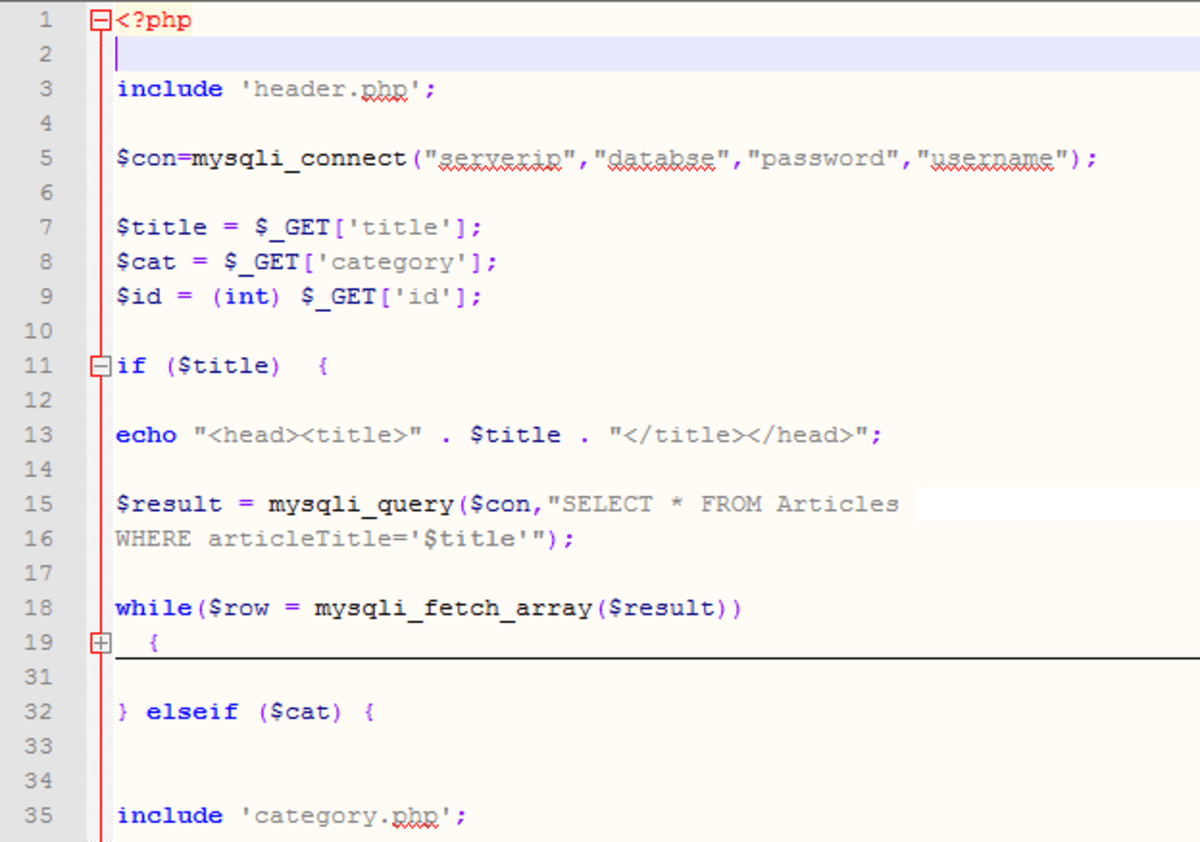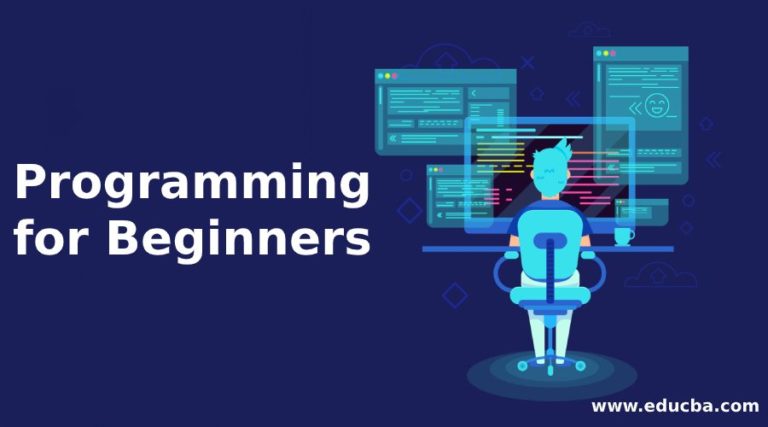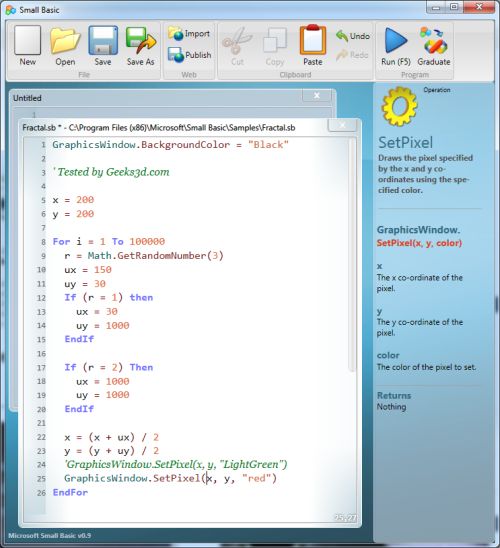Introduction

Basic is a beginner-friendly programming language that makes coding accessible to everyone. It was created in the 1960s and has since been used to teach millions of people the fundamentals of programming.

Features of Basic

- Easy-to-read syntax: Basic uses keywords and commands that resemble everyday English, making it intuitive to understand.
- Structured programming: Basic encourages the use of subroutines and loops, which helps in organizing and structuring code.
- Built-in functions: Basic provides a range of built-in functions that handle common tasks, such as input/output, math operations, and string manipulation.
- Platform-independent: Basic programs can run on multiple operating systems and devices, including Windows, Mac, and Linux.
Getting Started
To get started with Basic, you’ll need a programming environment. Here are a few popular options:
- BASIC-256: A free, open-source Basic interpreter for Windows and Mac.
- FreeBASIC: A free and powerful compiler for Basic that supports modern features and cross-platform development.
- QB64: A free and updated version of Microsoft QuickBASIC, a classic Basic compiler for Windows.
Basic Syntax
Here are some basic syntax rules for Basic:
- Commands: Basic commands are words or phrases that tell the program what to do. For example,
PRINTprints text to the console. - Variables: Variables store data and can be declared using the
DIMstatement. - Constants: Constants are named values that cannot be changed. They are declared using the
CONSTstatement. - Subroutines: Subroutines are reusable blocks of code that can be called from other parts of the program. They are defined using the
SUBandEND SUBstatements. - Loops: Loops allow the program to execute a block of code multiple times. The most common loop types are
FOR,WHILE, andUNTIL.
Example Program
Here’s a simple Basic program that prints “Hello, World!” to the console:
PRINT "Hello, World!"Advantages of Basic
- Beginner-friendly: Its easy-to-understand syntax makes it a great choice for beginners.
- Educational: Basic is widely used in educational settings to teach programming concepts.
- Versatile: Basic can be used to create a variety of applications, from simple games to small utilities.
Limitations of Basic
- Limited functionality: Basic lacks some features and libraries that are available in more advanced languages.
- Outdated: Basic is an older language that has not kept up with modern programming trends.
- Lack of commercial support: There is limited commercial support for Basic compared to other languages.
Conclusion
Basic is a great choice for beginners who want to learn the basics of programming. It is easy to understand, versatile, and educational. However, it may not be the best option for developing complex or professional-grade applications.## Basic: Simplifying Programming For Beginners
Executive Summary
Programming, often perceived as complex and intimidating, can be made accessible and enjoyable for beginners. This article offers a comprehensive guide to demystify programming, covering essential concepts, tools, and tips to empower individuals with limited technical knowledge to embark on their coding journey.
Introduction
In the digital age, understanding the fundamentals of programming is becoming increasingly important. However, the complexities associated with coding can deter beginners from pursuing this valuable skill. This article aims to simplify programming by providing a clear and concise explanation of its core principles, making it accessible to individuals with little to no coding experience.
FAQs
1. What is Programming?
Programming is the process of creating instructions for computers to follow. These instructions are written in a specific language that the computer can understand.
2. Why Learn Programming?
Programming empowers individuals to:
- Solve problems creatively
- Develop logical thinking skills
- Build software solutions
- Advance their careers
3. How Difficult is Programming?
Contrary to popular belief, programming is not inherently difficult. With patience, perseverance, and the right resources, anyone can learn to code.
Top 5 Subtopics for Beginners
1. Understanding Programming Languages
Programming languages are the specific languages used to write instructions for computers. Each language has its own structure and syntax. Essential considerations include:
- Purpose: Determine the language best suited for your specific goals (web development, mobile apps, data analysis, etc.).
- Popularity: Choose a widely-used language with ample resources and community support.
- Syntax: Familiarize yourself with the language’s grammar and structure.
- Syntax: Familiarize yourself with the language’s grammar and structure.
- Data Types: Understand the different types of data that the language can handle (e.g., numbers, strings, arrays).
2. Variables and Data Structures
Variables store data during program execution. Data structures organize and manage data effectively. Key concepts include:
- Variables: Name and type of the variable, such as
name = "John". - Data Types: Specifies the type of data stored, such as integer, string, or Boolean.
- Arrays: Collections of similar data elements, accessed using an index.
- Lists: Ordered collections of data elements, accessed using an index.
- Dictionaries: Unordered collections of key-value pairs, accessed using the key.
3. Control Flow
Control flow determines the order in which program instructions are executed. Key concepts include:
- Conditional Statements: Check if a condition is true or false and execute code accordingly (e.g.,
ifstatements). - Loops: Repeat a block of code multiple times (e.g.,
forandwhileloops). - Functions: Modularize code by grouping related instructions and calling them as needed.
- Recursion: A function calling itself, commonly used for data structures or tree traversal.
4. Debugging and Troubleshooting
Finding and fixing errors in code is crucial for successful programming. Essential tips include:
- Error Messages: Carefully examine error messages to identify the issue.
- Debugging Tools: Use integrated development environments (IDEs) and tools to identify and fix errors (e.g., breakpoints, stack traces).
- Logical Thinking: Analyze the code step by step to identify where the issue lies.
5. Resources for Beginners
Numerous resources are available to support beginners in their programming journey:
- Online Courses: Platforms like Coursera and Udemy offer structured courses for different programming languages and concepts.
- Tutorials and Documentation: Official documentation and online tutorials provide comprehensive guidance and examples.
- Community Forums: Online forums such as Stack Overflow connect beginners with experienced programmers for support and problem-solving.
Conclusion
Learning to program does not have to be an overwhelming task. By breaking down the basics, understanding essential concepts, and taking advantage of available resources, beginners can embark on their coding journey with confidence. With patience and perseverance, anyone can master the fundamentals of programming and unlock its transformative power.
Relevant Keyword Tags
- Programming for Beginners
- Basic Programming Concepts
- Programming Languages for Beginners
- Control Flow in Programming
- Debugging and Troubleshooting for Beginners
